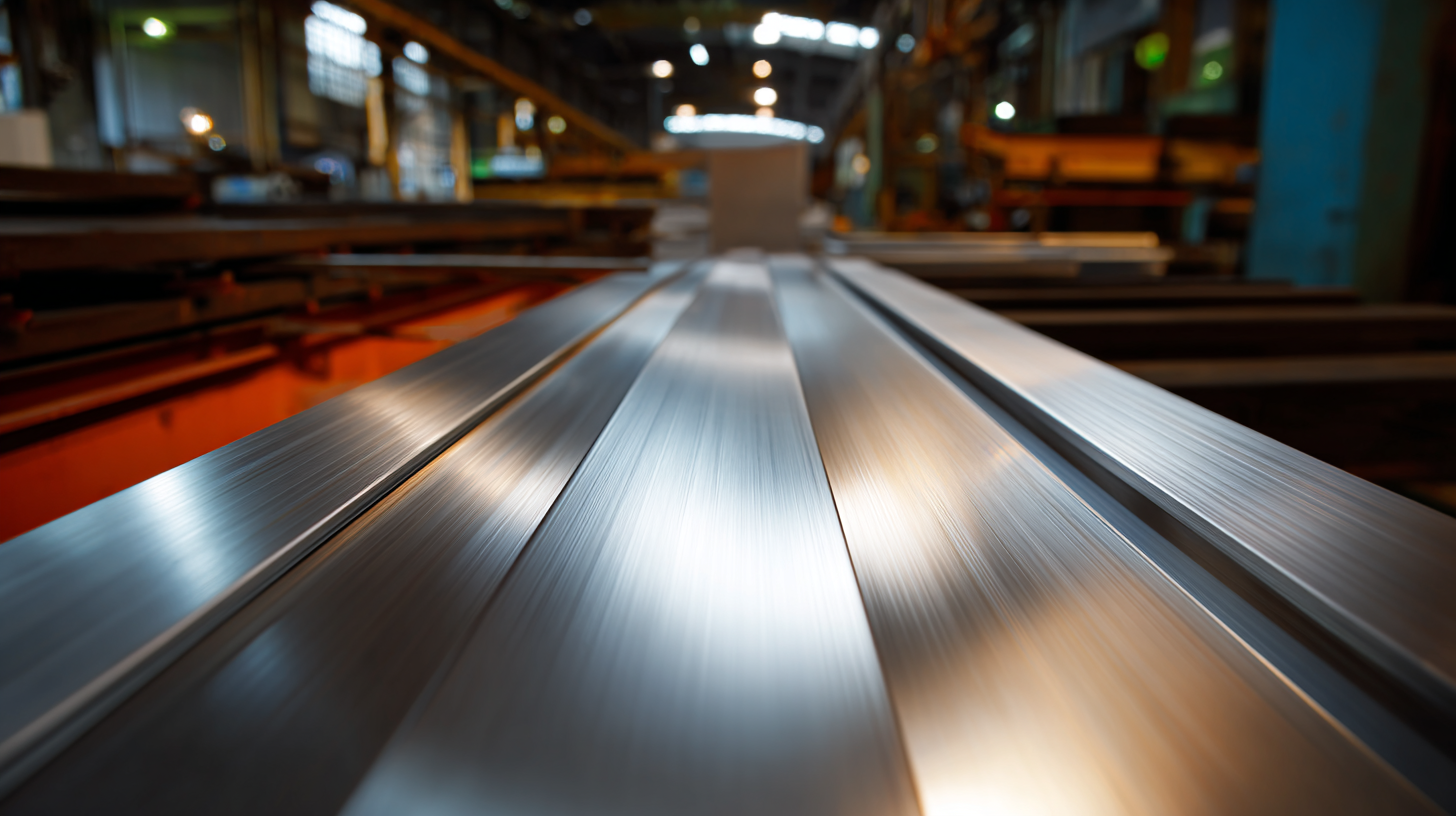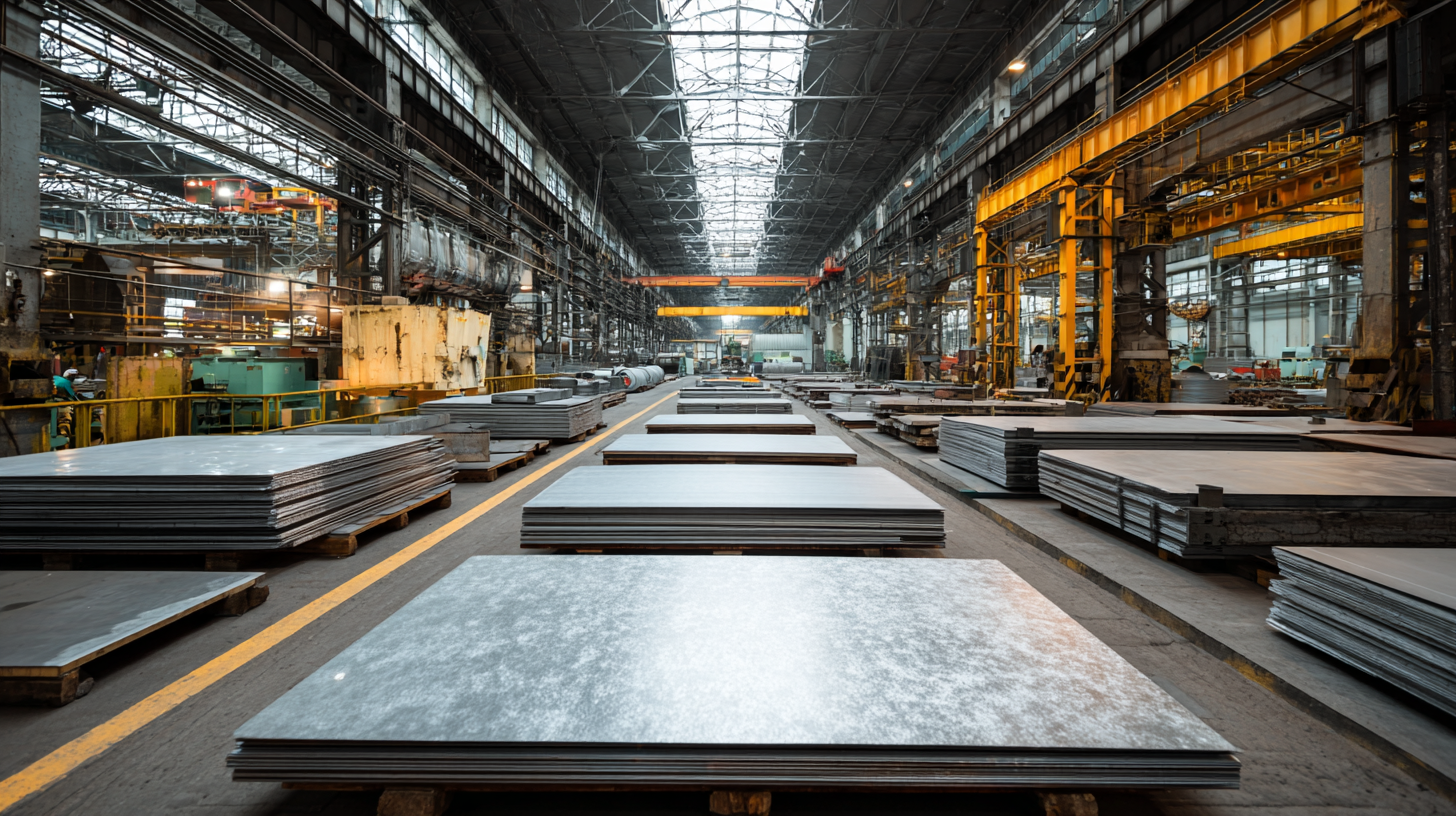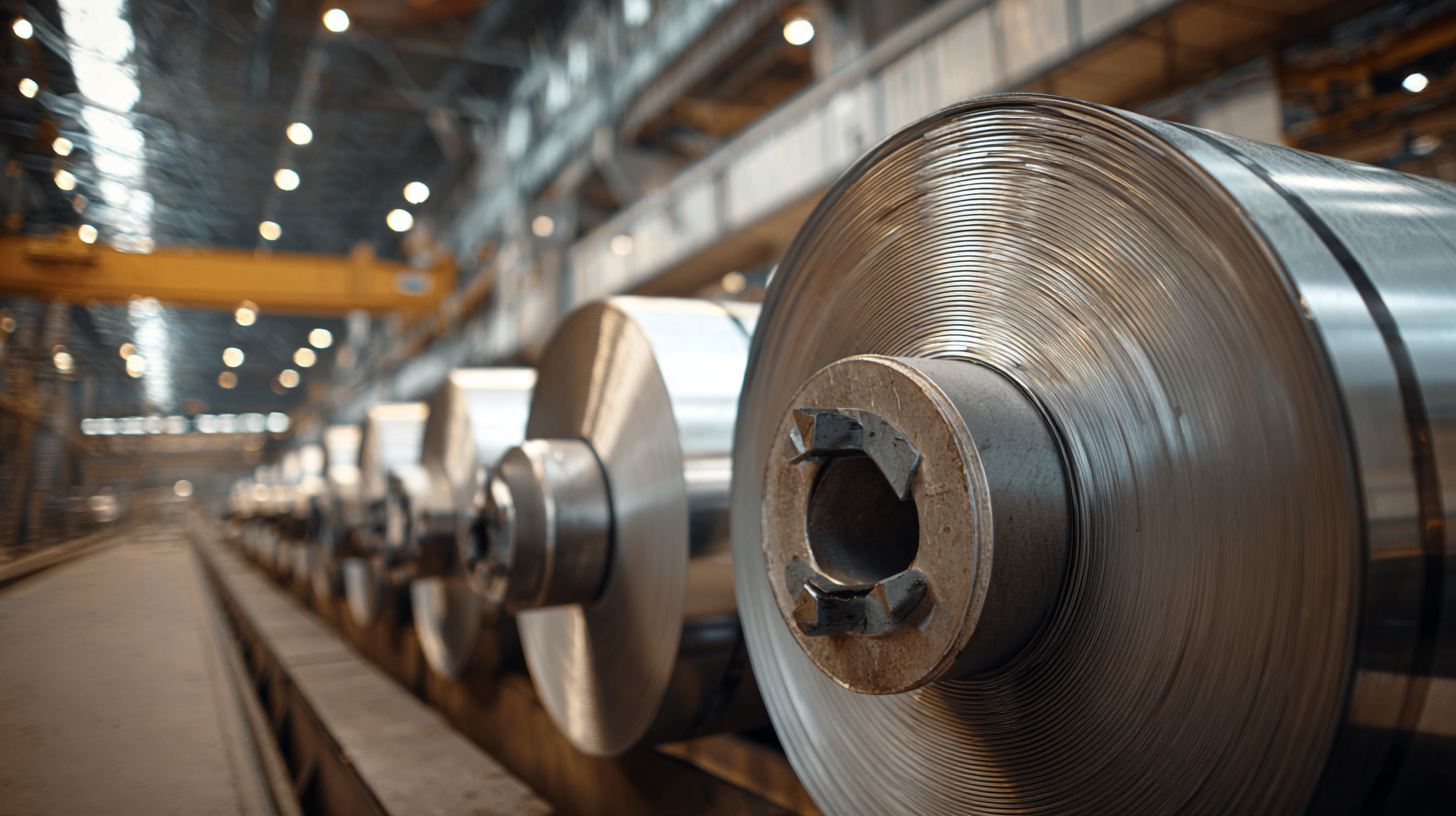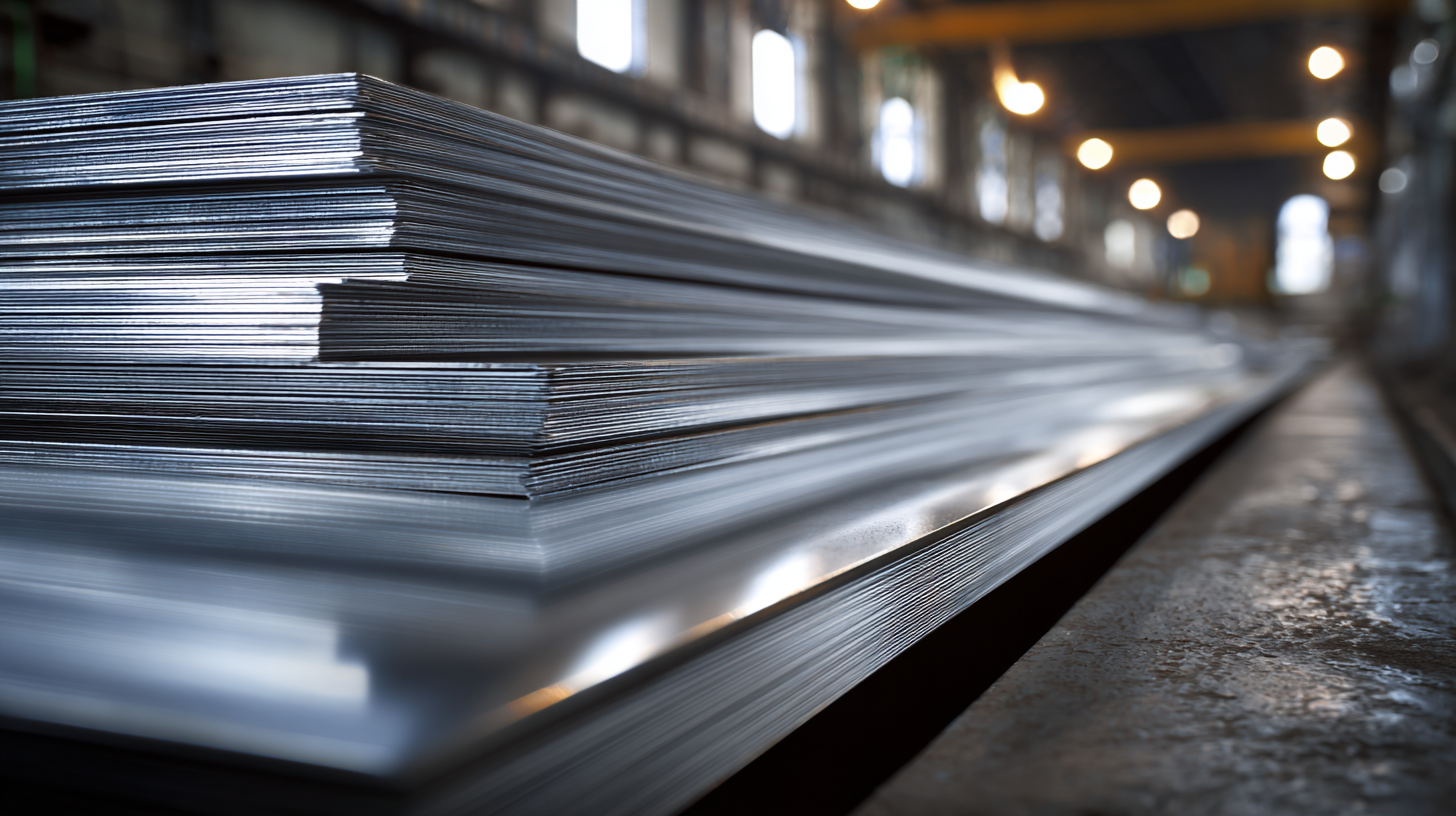Introduction
Sheet metal is everywhere in today’s world — from the sleek façades of modern buildings to the protective panels on appliances and cars. But what exactly is a “sheet” in construction terms, and why is sheet metal so widely used? In simple terms, a sheet refers to any flat, thin piece of material. Sheet metal, in particular, means metal formed into thin, flat pieces by industrial processes. These metal sheets can range from very thin foil to plates over 6 mm thick, and they come in materials like steel, aluminum, copper, and more.
Sheet metal has become a cornerstone of contemporary architecture and manufacturing because it offers a unique combination of strength, versatility, and durability. In fact, the global sheet metal market was around $337 billion in 2024 and is projected to exceed $548 billion by 2034, with more than half of that demand coming from building and construction uses. This article explores what sheet metal is and why sheet metal is often the material of choice for construction projects, drawing on industry insights and real-world examples.




